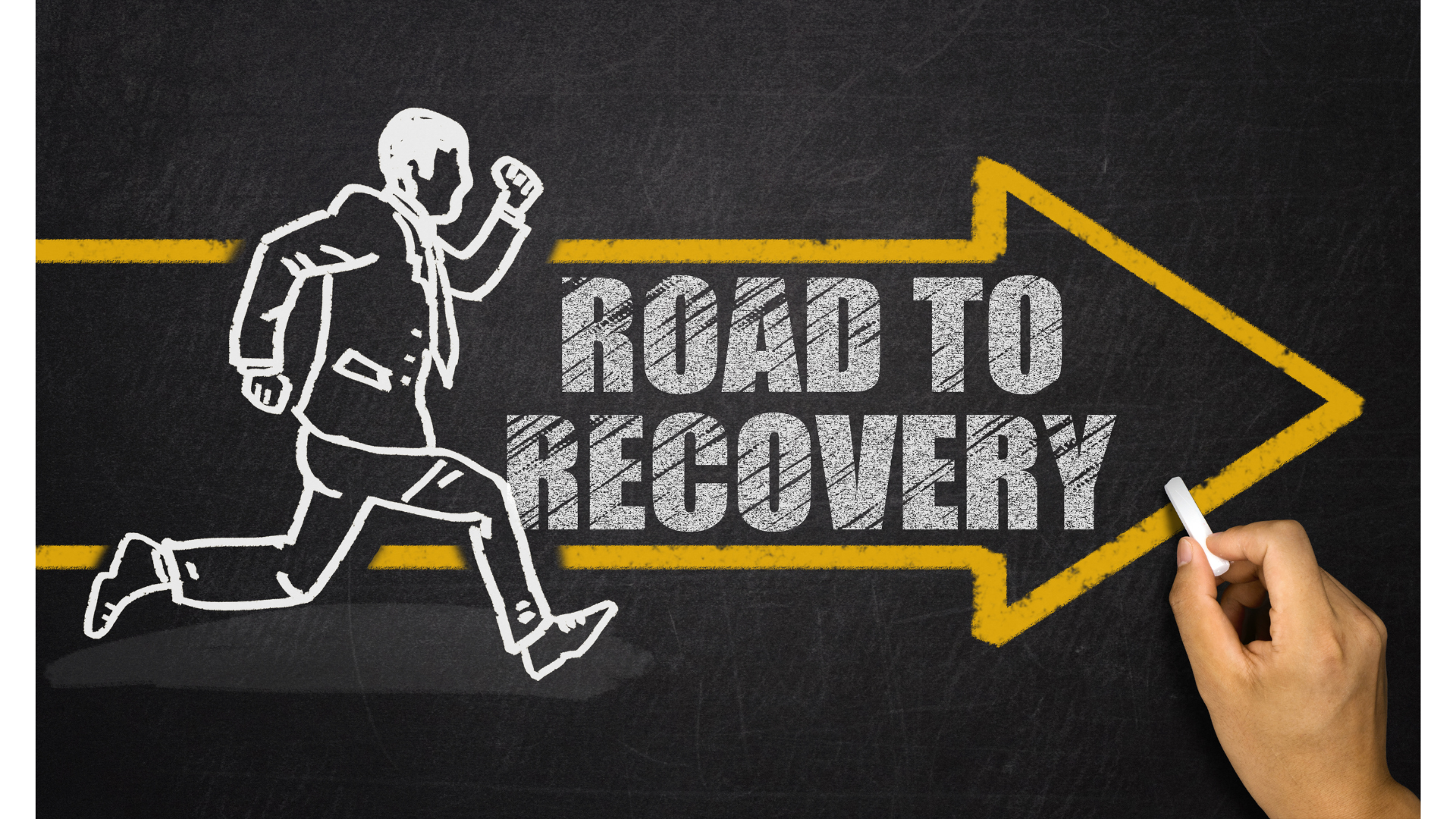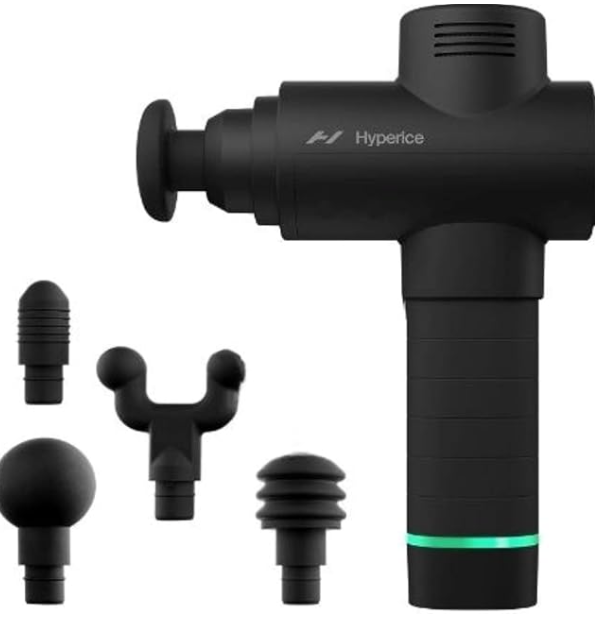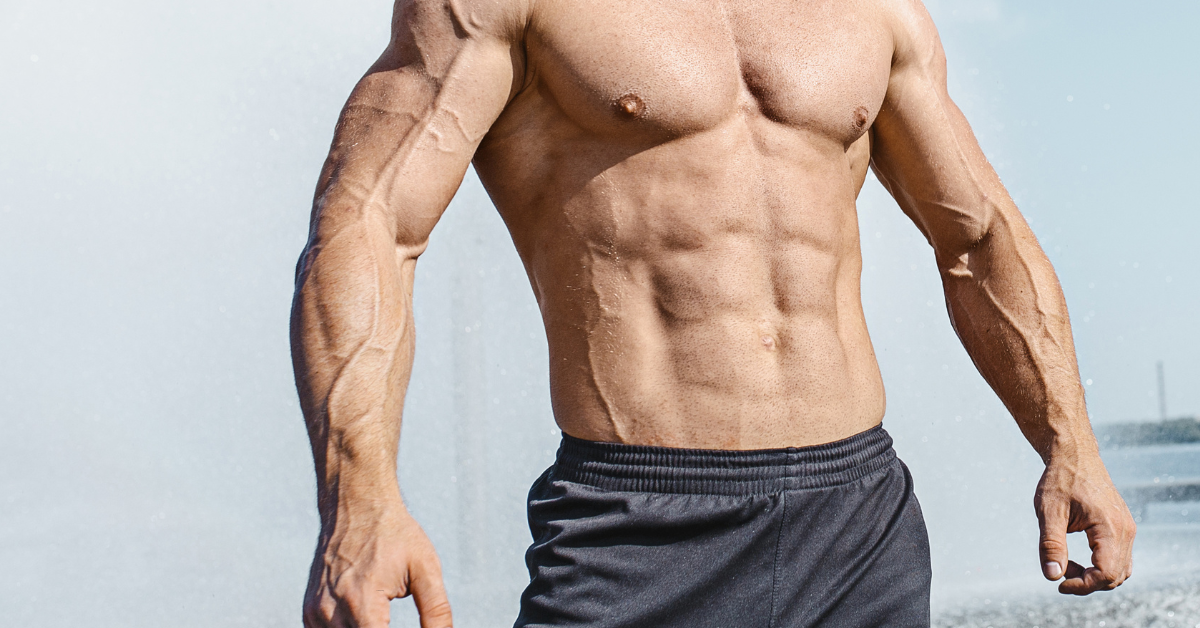Intense workouts are only half the equation for building strength, endurance, and overall performance. The other half?
Recovery. Smart recovery habits not only reduce muscle soreness but also improve long-term performance, reduce injury risk, and help you bounce back faster for your next session.
In this article, we’re breaking down 10 of the best recovery tools—from modern tech to ancient methods—with a closer look at how they work and why they’re effective.
1. Massage Gun Therapy
WHY IT WORKS:
Massage guns use percussive therapy, delivering rapid pulses of pressure deep into the muscle tissue. This stimulation increases blood flow, reduces muscle tension, and helps flush out metabolic waste like lactic acid.
THE SCIENCE:
Research shows that percussive massage may reduce delayed onset muscle soreness (DOMS) by improving lymphatic flow and breaking up adhesions (knots) in the fascia—the connective tissue surrounding muscles.
Do you ever feel achy, tight, or heavy in certain areas. If there isn’t any drainage occurring in the lymphatic system, then swelling and inflammation can make lead you feeling horrible and unable to perform at your best.
Percussive massaging can also trigger mechanoreceptors in the skin that send signals to the brain that help relax the muscle.
2. Foam Roller
Why it works: Foam rolling, or self-myofascial release (SMR), targets tight fascia and muscle trigger points to improve mobility and reduce stiffness.
The science: Foam rolling helps release fascial adhesions, enhance flexibility, and promote better blood circulation. It’s been found to significantly reduce muscle soreness when used post-exercise and may even improve range of motion.
Best for: Daily recovery, pre-workout warmups, and improving muscle elasticity.
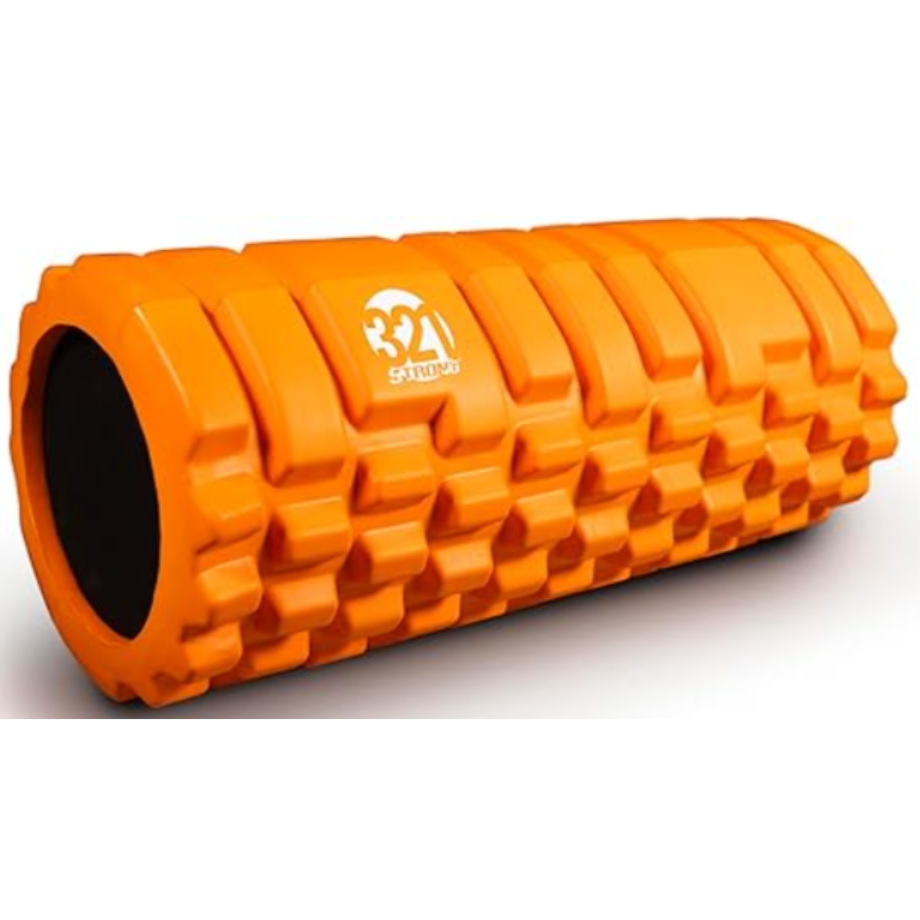
RATING: 9.1
321 Strong massage roller offers three massage zones that allow you to dial in your massage intensity. The smallest projections are like a massage therapists finger tips, the larger projections mimic the thumbs, and the largest ones feel like the base of the palms. There is no hard plastic in our product, so you won’t crack it, and it supports an incredible amount of weight so it won’t deform or flex
3. Cupping Therapy
Why it works: Cupping therapy uses suction to lift skin and underlying tissues, stimulating blood flow and promoting healing. This ancient technique has gained popularity among athletes for its noticeable effects on muscle recovery.
The science: Cupping creates negative pressure, which promotes increased capillary blood flow and lymphatic drainage. It may also release muscle knots and reduce oxidative stress, based on some clinical trials.
Best for: Reducing tension, breaking up scar tissue, and improving circulation in overworked muscles.
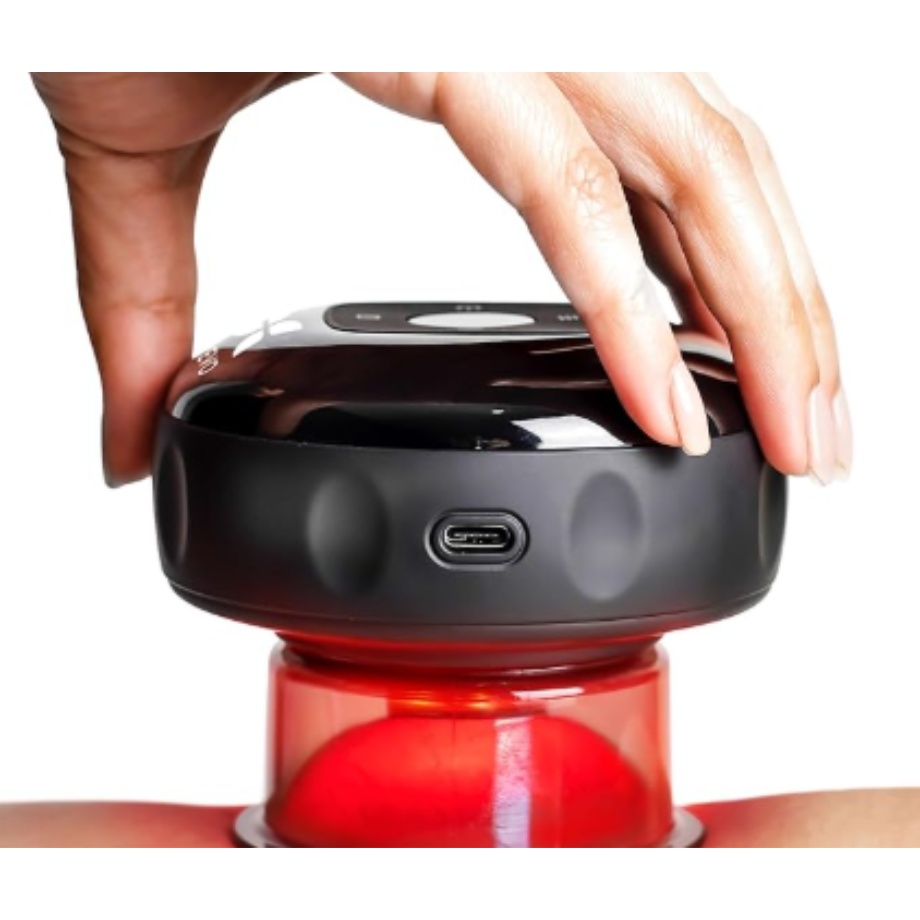
RATING: 8.8
Revo smart cupper is flameless and the first heated electric cupping with heat, massaging, red light therapy and dynamic suction. Reduces muscle tension, knots, pain, and the appearance of cellulite as well as scar tissue in targeted areas. Simply apply the cupping device to your back, arms, or legs for an ultimate at-home or on-the-go cupping massage
4. Red Light Therapy
Why it works: Red and near-infrared light penetrate deep into the skin and muscle tissue, stimulating cellular energy (ATP) production and reducing inflammation.
The science: Studies suggest red light therapy (also called low-level laser therapy) enhances mitochondrial function, improves blood flow, and supports tissue repair. It’s especially effective for muscle fatigue and post-injury recovery.
Best for: Enhancing muscle recovery at the cellular level and reducing chronic soreness or inflammation.
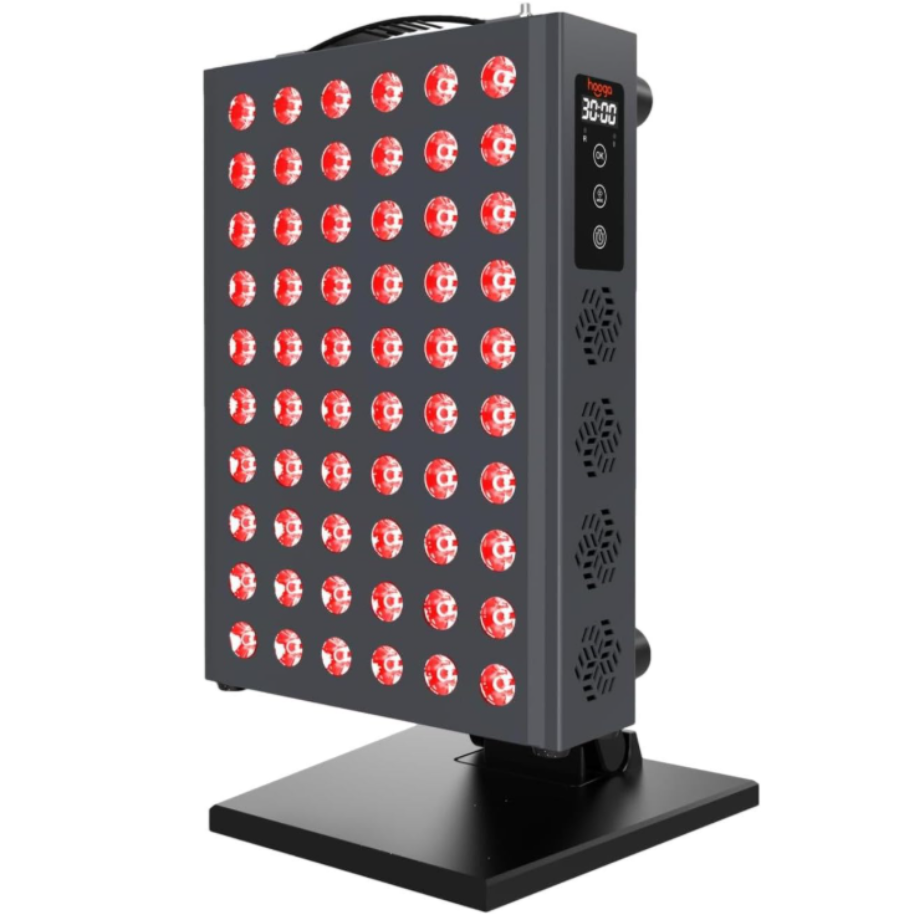
RATING: 9.4
Red light therapy used to be limited to expensive salons and clinics but now thanks to high powered, energy efficient and affordable LEDs, all the benefits of red light therapy can now be achieved at home in just minutes a day. Much like we need nutrients from food and water, our bodies need light to function optimally as well.
5. Muscle Stimulation (EMS/TENS)
Why it works: Electrical muscle stimulation (EMS) uses electric impulses to cause muscles to contract, helping improve circulation and reduce tightness. Transcutaneous electrical nerve stimulation (TENS) is used more for pain relief.
The science: EMS activates Type II muscle fibers (fast-twitch), which are harder to target during low-impact exercise. This passive contraction increases blood flow and may speed up recovery. TENS, on the other hand, disrupts pain signals to the brain.
Best for: Muscle activation, soreness relief, and post-surgery or rehab recovery.
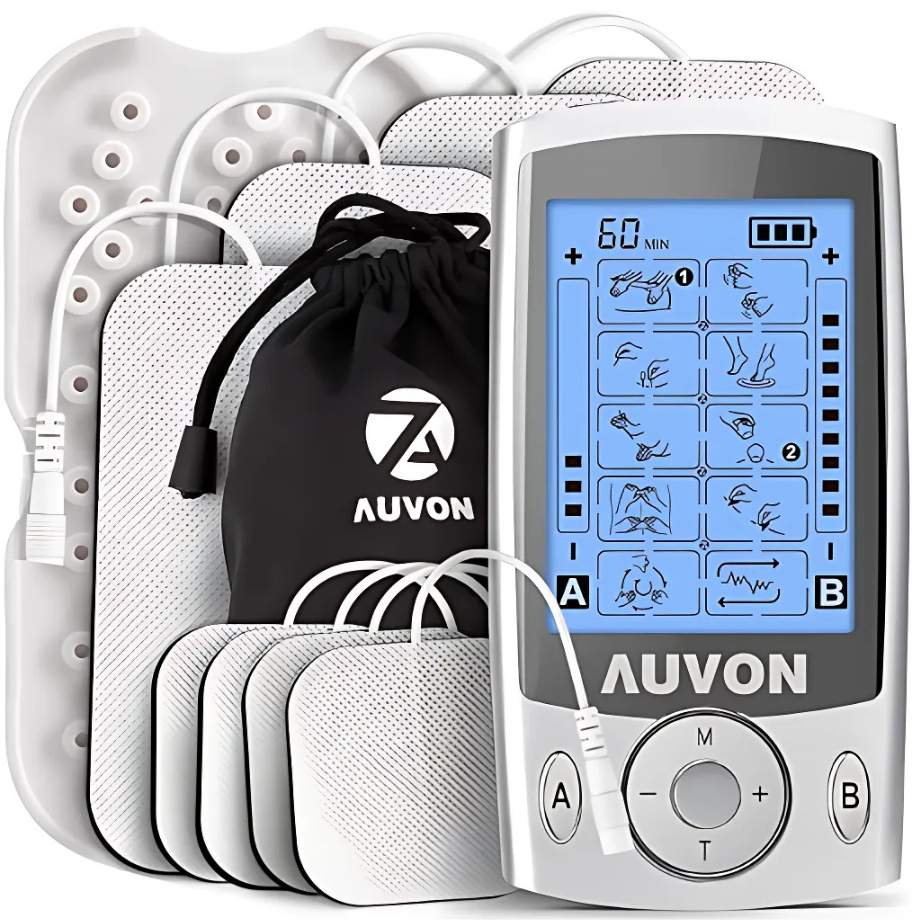
RATING: 9.6
Industry-leading TENS Pads: The included electrode pads can provide excellent self-stick performance for up to 45 uses. The shaped 2″ TENS electrodes are recommended for more compact pain areas like the knees or elbows. Meanwhile, the bigger 2″x4″ reusable patches are perfect for larger areas such as the back for TENS pain relief
6. Smartwatch with Recovery Tracker
Why it works: Today’s smartwatches can track heart rate variability (HRV), sleep quality, and activity strain—all essential indicators of recovery readiness.
The science: HRV is one of the best non-invasive markers of nervous system recovery. Higher HRV generally means your body is rested and ready, while lower HRV can indicate stress, fatigue, or overtraining. Devices like WHOOP, Garmin, and Apple Watch use this data to guide training and rest decisions.
Best for: Athletes who want to monitor their recovery and avoid overtraining.
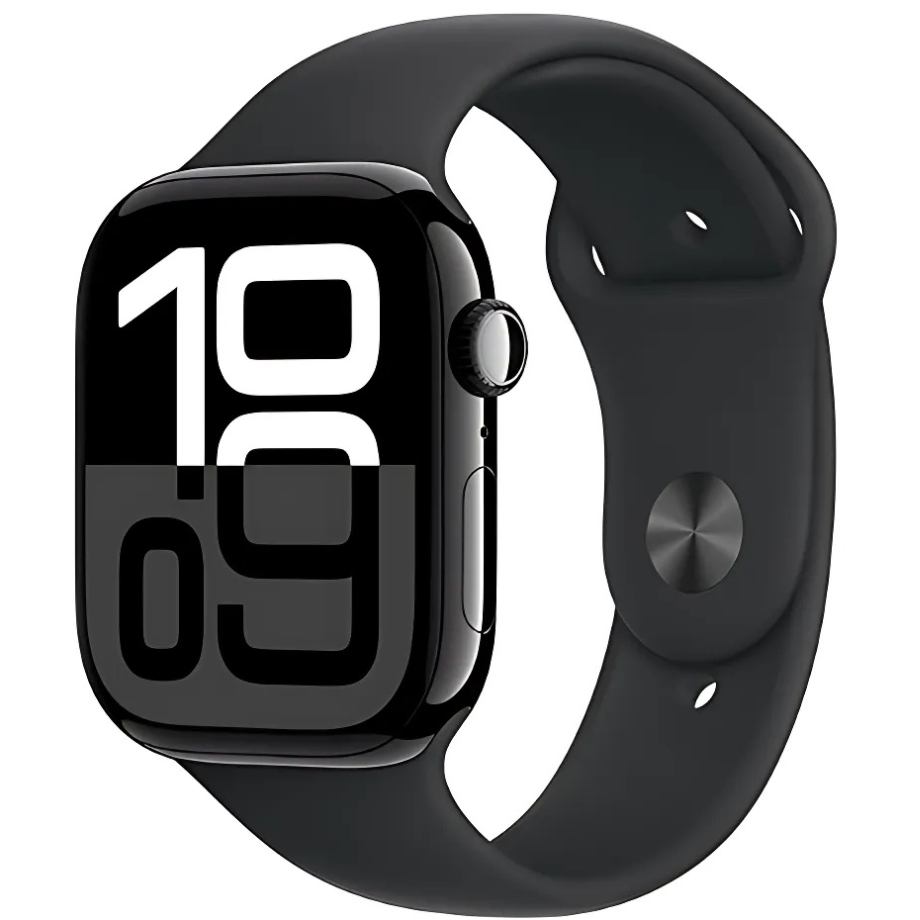
RATING: 9.9
WHY APPLE WATCH SERIES 10 — Bigger display with up to 30 percent more screen area. A thinner, lighter, and more comfortable design. Advanced health and fitness features provide invaluable insights. Safety features connect you to help when you need it. Faster charging gives you 80 percent battery in about 30 minutes.
7. Compression Boots or Bags
Why it works: These inflatable devices use pneumatic pressure to compress the limbs rhythmically, mimicking a deep tissue massage and increasing blood and lymphatic circulation.
The science: Studies on intermittent pneumatic compression (IPC) show it helps accelerate the removal of metabolic waste and reduces muscle soreness. It also enhances venous return, which can decrease swelling and promote faster recovery.
Best for: Lower body recovery, especially after long runs, bike rides, or leg day.
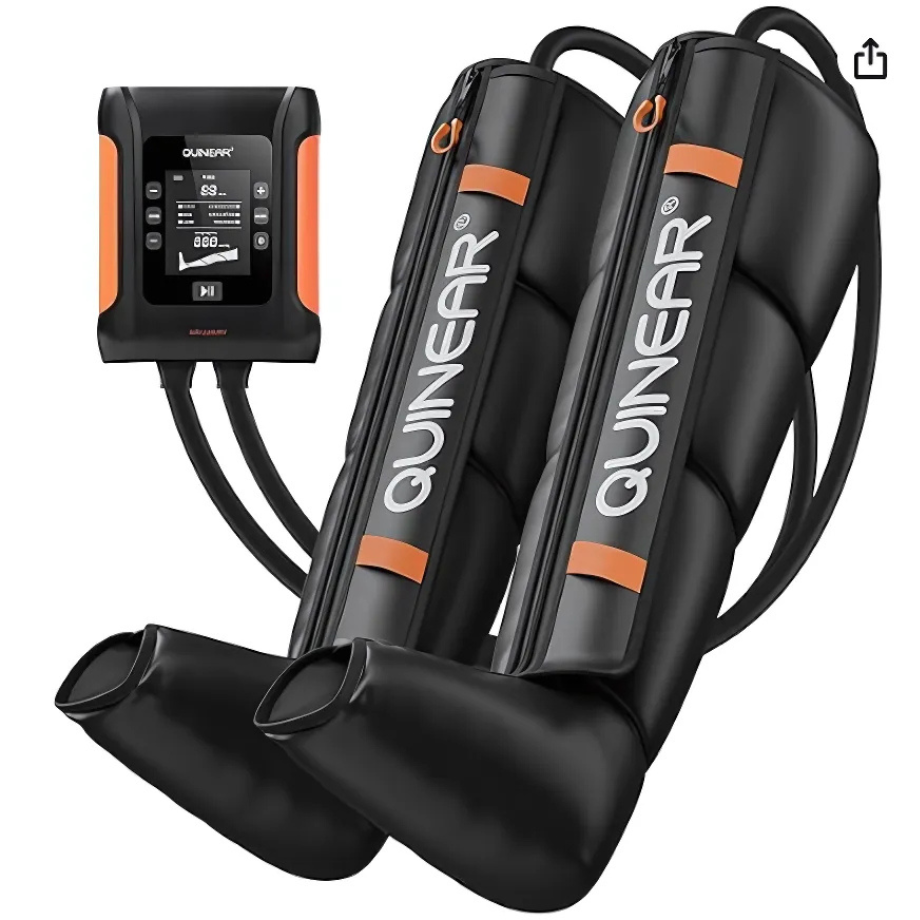
RATING: 9.5
With powerful cordless leg recovery system, QUINEAR air compression boots will offer a full-leg (include knees) massager therapy by inflating and deflating the sleeves sequentially with 4 air chambers to develop the circulating pressure on the leg, also used for squeezing and compress restless legs to promote blood circulation, lymphatic drainage, relieve muscle pain, lymphedema, promote body relaxation and health.
8. Ice Plunge (Cold Water Immersion)
Why it works: Cold exposure reduces inflammation, constricts blood vessels, and helps decrease muscle damage post-exercise.
The science: Ice baths or cold plunges (typically 50°F–59°F for 10–15 minutes) blunt the inflammatory response and reduce DOMS. They also activate the parasympathetic nervous system, helping the body relax and recover faster.
Best for: Reducing inflammation, swelling, and soreness after high-impact training or endurance events.
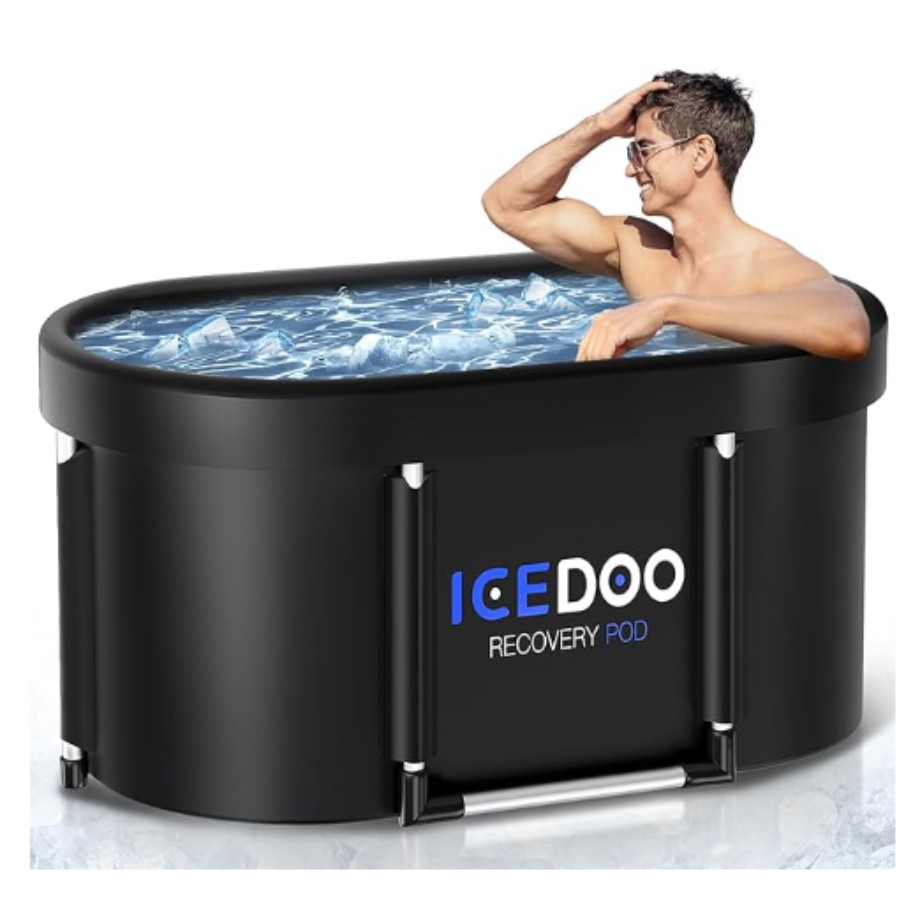
RATING: 9.3
The Ultimate Experience for Hot and Cold Water Therapy. From icy winter endurance prep to scorching summer heat relief, our ice bath tub adapts to your needs year-round. the 6-layer insulated fabric technology traps temperatures effectively, Adaptive heat and cold therapy supports temperatures ranging from -86°F to 140°F. Whether you are looking for recovery or relaxation, our bathtubs are ideal for you
9. Infrared Sauna
Why it works: Unlike traditional saunas, infrared saunas heat the body directly using infrared light waves, providing deep tissue heat without excessive environmental temperatures.
The science: Infrared therapy increases circulation, promotes muscle relaxation, and stimulates detoxification through sweat. It also supports cardiovascular recovery and has been linked to reduced pain and inflammation.
Best for: Passive recovery, stress relief, and full-body muscle relaxation.
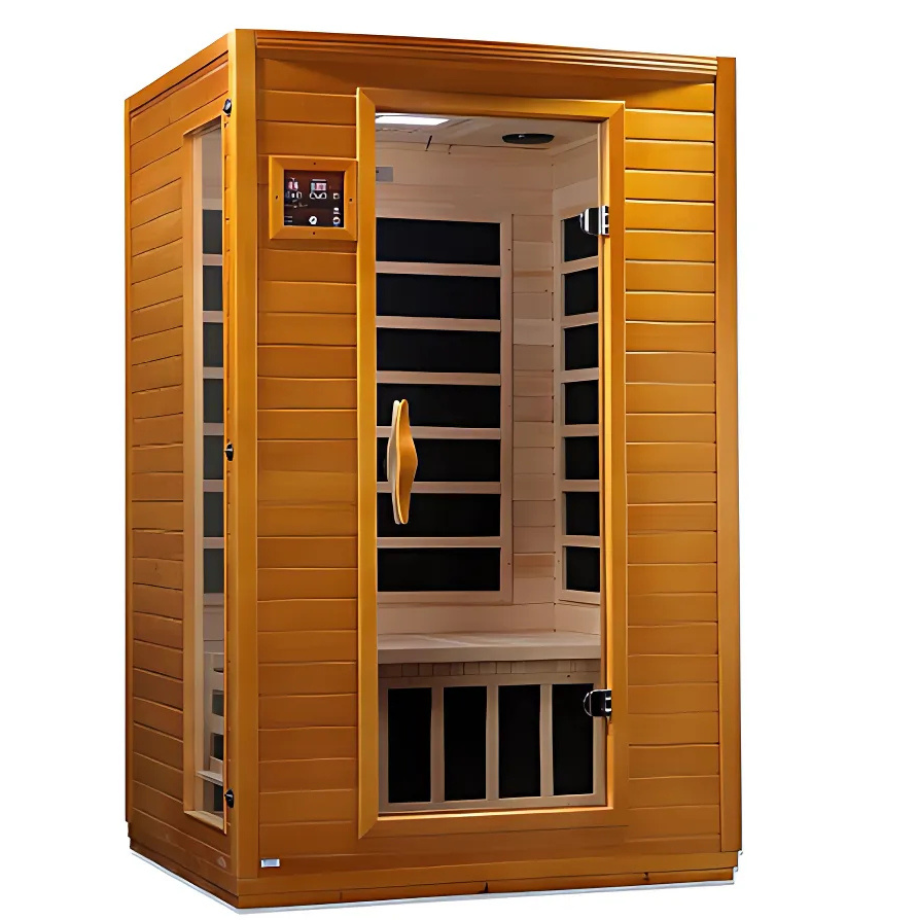
RATING: 9.9
Indoor FAR Infrared Sauna 2 Person infrared sauna uses 6 Carbon PureTech heating panels to heat your body from the inside out. Dynamic Dry sauna for home features interior lighting, ensuring you are able to read and relax while using the sauna. Convenient Music System with Bluetooth capability and 2 dynamic speakers with pre-amp lets you listen to your music while you relax
10. Recovery Supplements
Why it works: Supplements like protein powders, BCAAs, omega-3s, magnesium, and adaptogens support muscle repair, reduce inflammation, and improve sleep—key elements of recovery.
The science:
- Protein aids in muscle protein synthesis, especially when consumed within 30 minutes post-workout.
- BCAAs (leucine, isoleucine, valine) reduce muscle breakdown.
- Omega-3 fatty acids help combat post-exercise inflammation.
- Magnesium aids in muscle relaxation and quality sleep.
- Adaptogens like ashwagandha may reduce stress hormones (like cortisol) that interfere with recovery.
Best for: Supporting muscle repair, reducing soreness, and boosting recovery from the inside out.
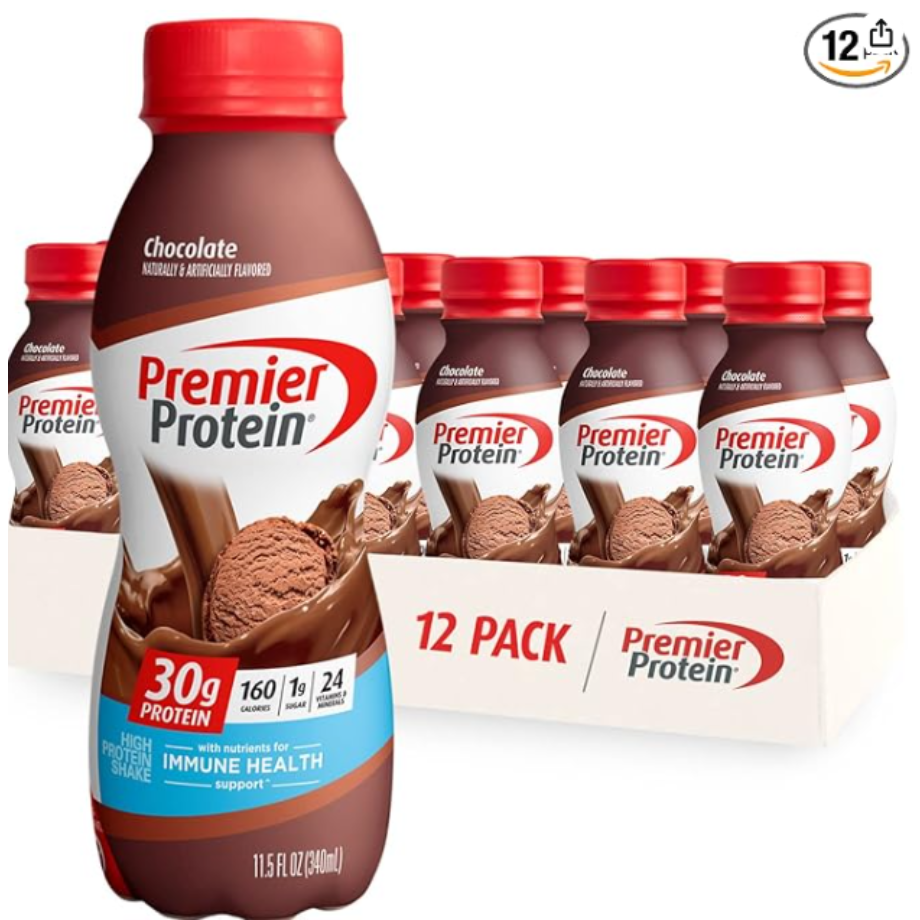
RATING: 9.6
Premier Protein has a rich history of recovery supplements to choose from. One of the best is their protein packed chocolate shake that has 30g of high quality protein in a convenient, affordable bottle.
Final Thoughts
Effective recovery isn’t about just one tool—it’s a full system. Whether you’re into strength training, endurance sports, or casual fitness, integrating a few of these recovery methods can keep your body primed and injury-free.
Try combining active tools (like foam rolling and massage guns) with passive methods (like red light therapy or ice baths) and supportive measures (like supplements and sleep tracking) for a complete approach to post-workout wellness.

